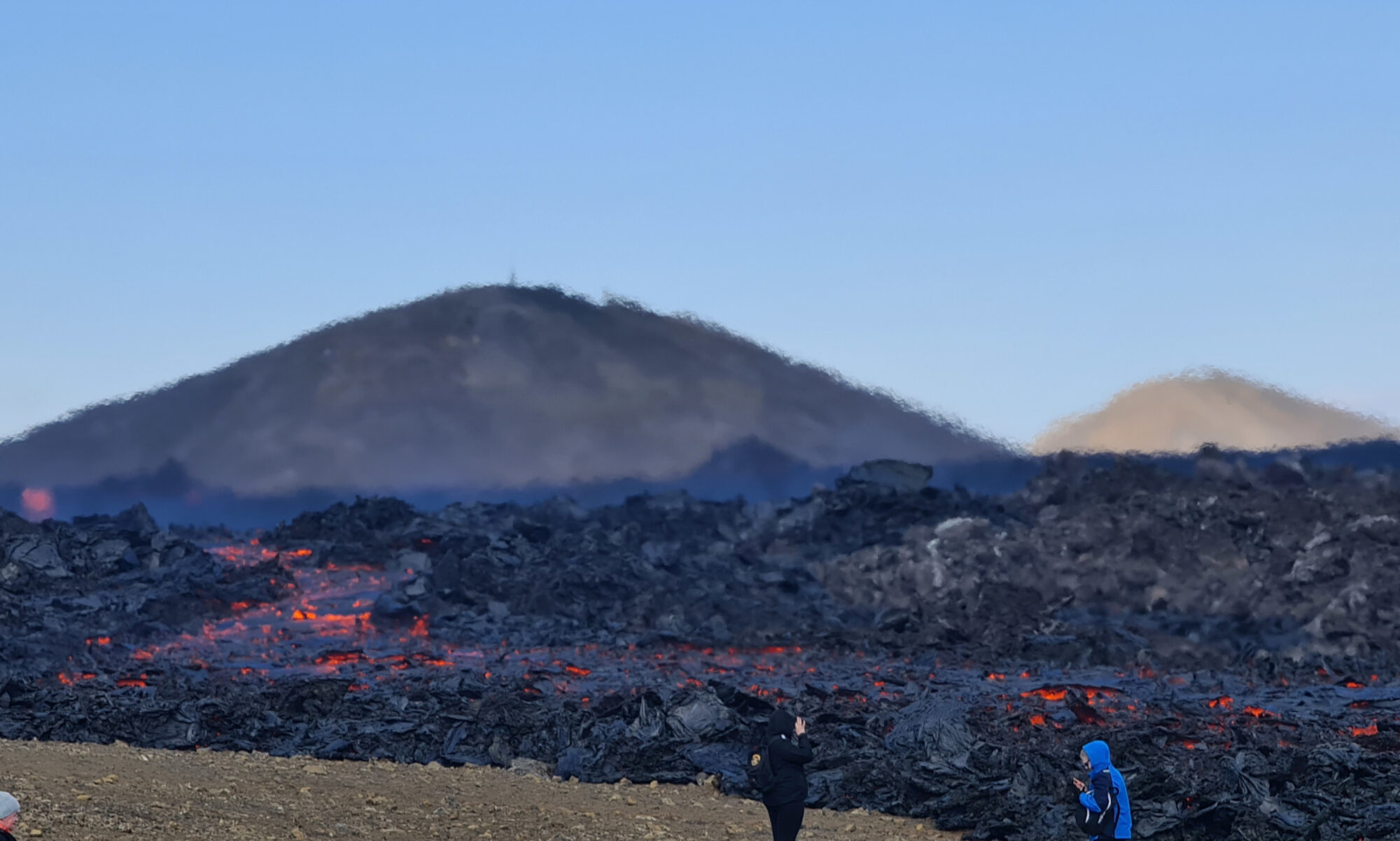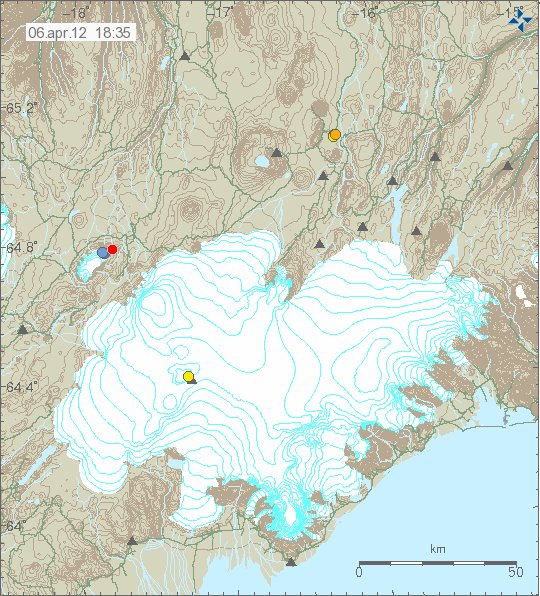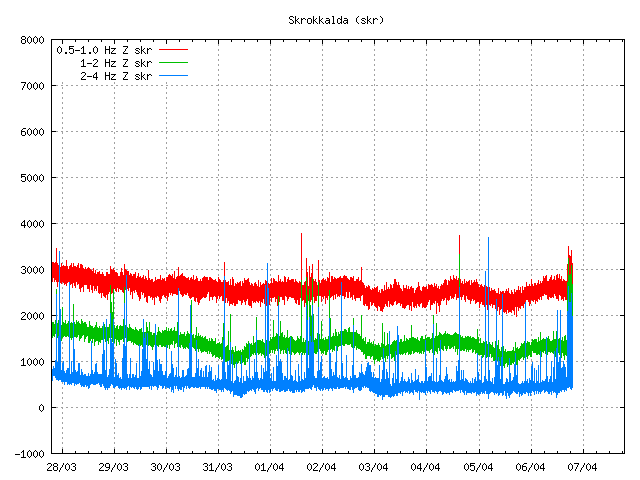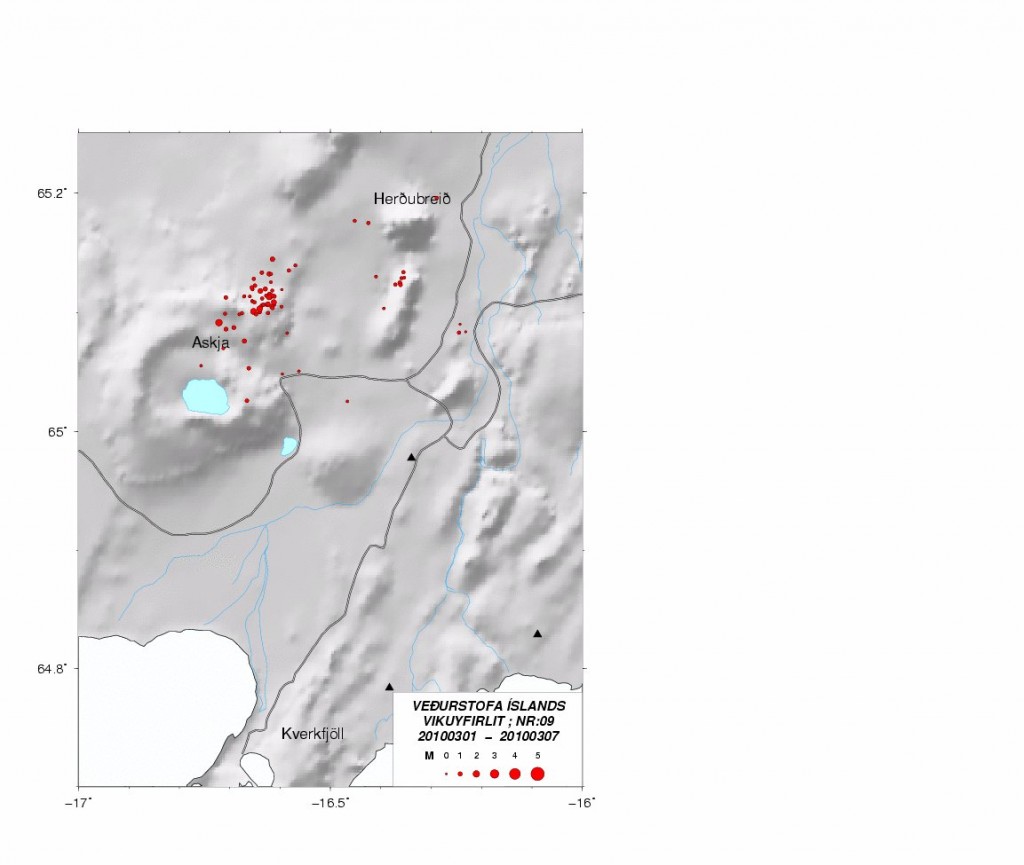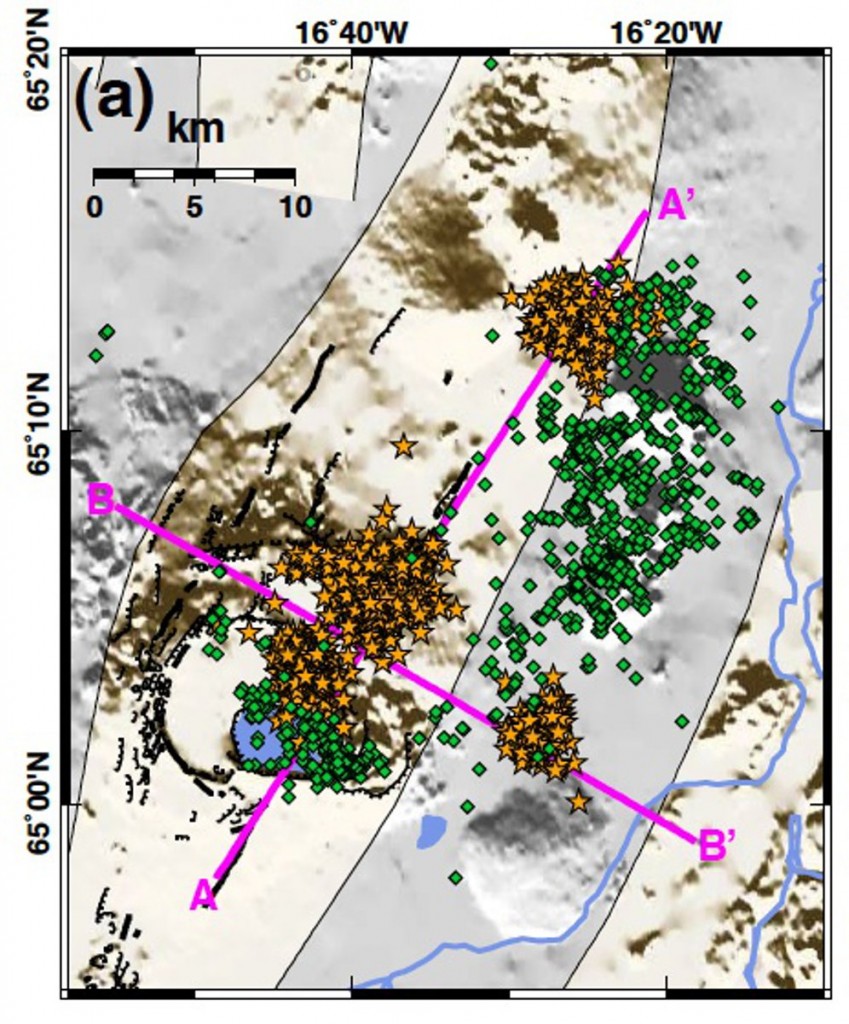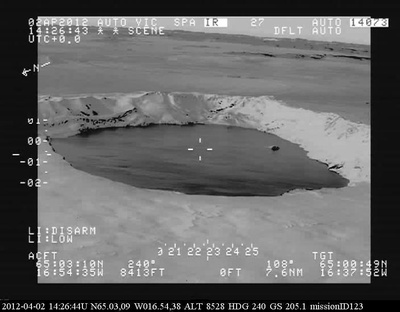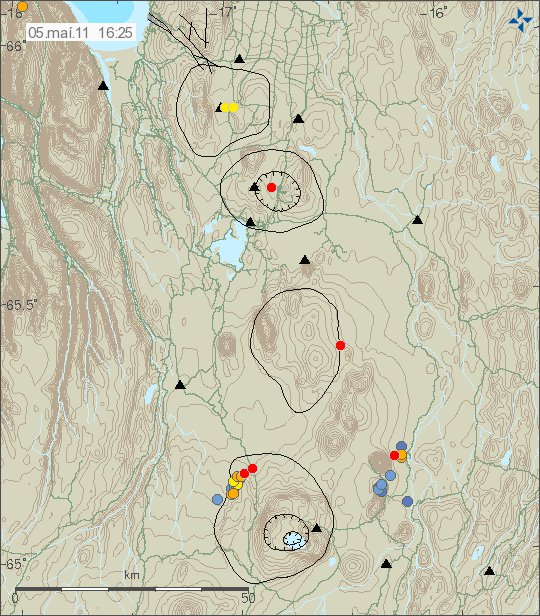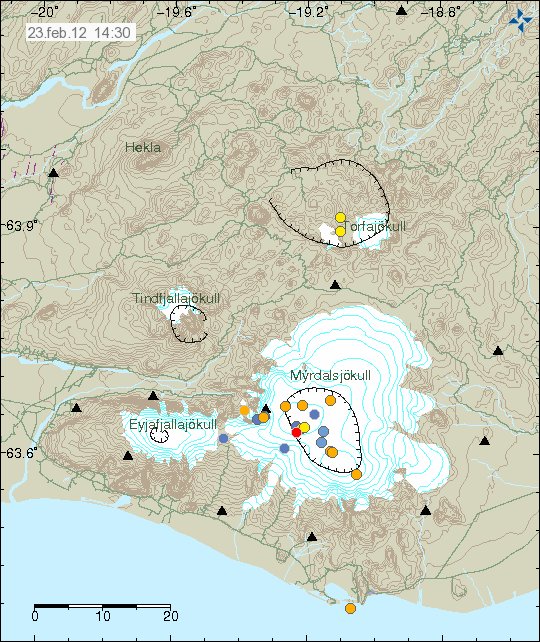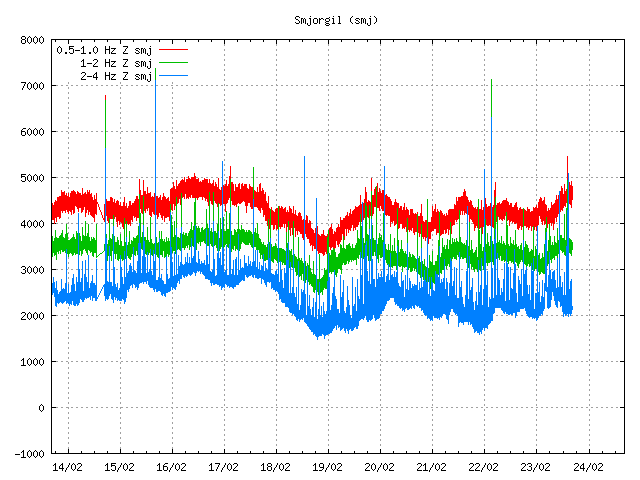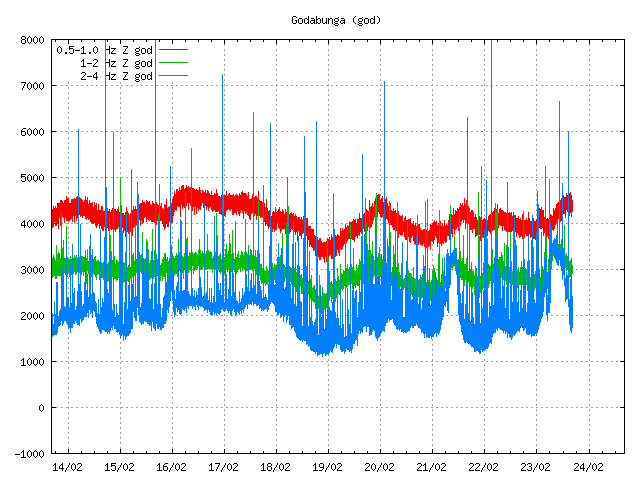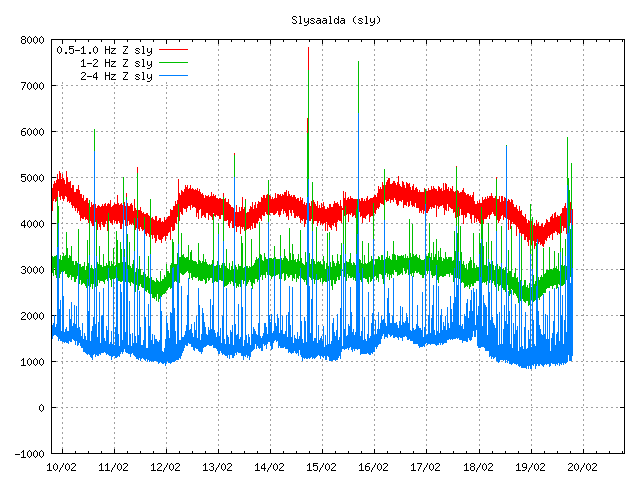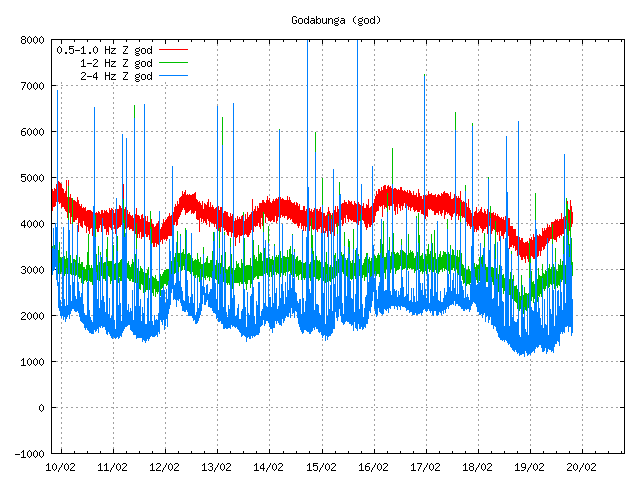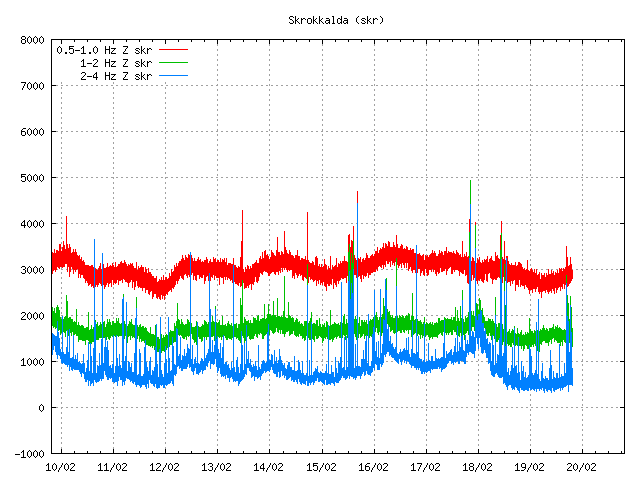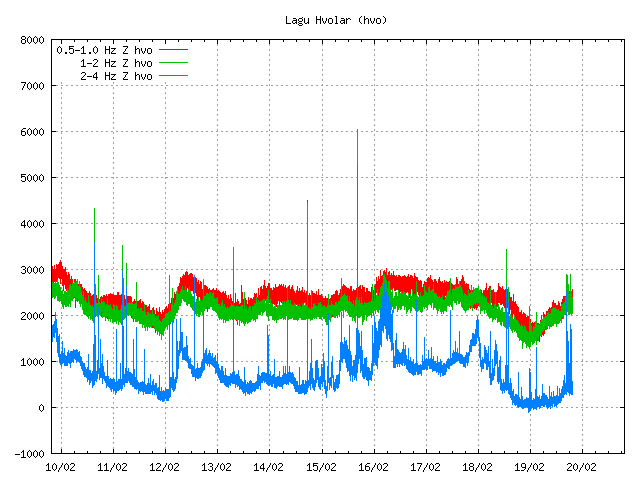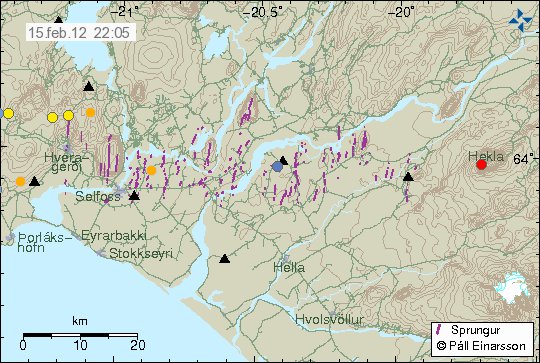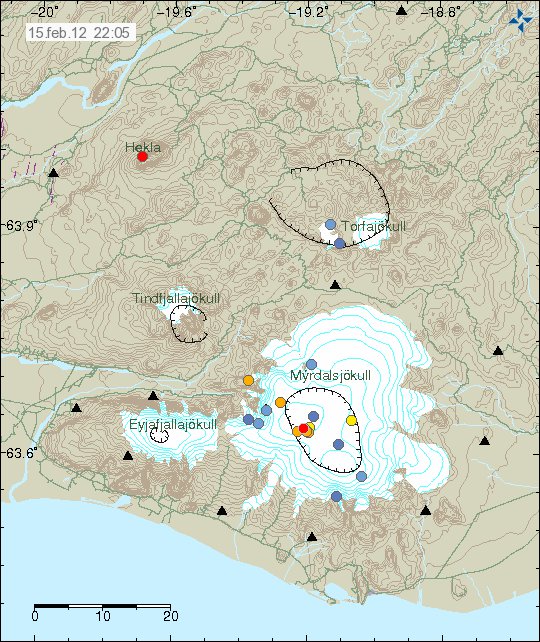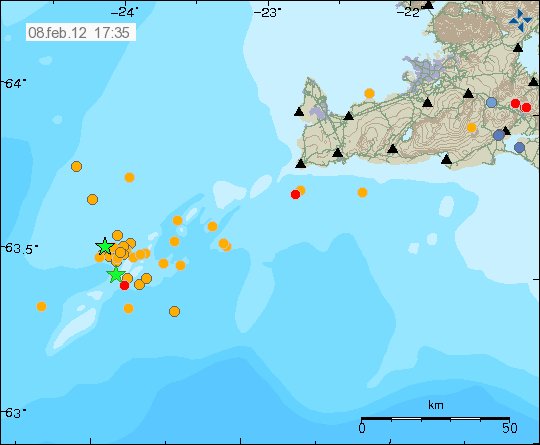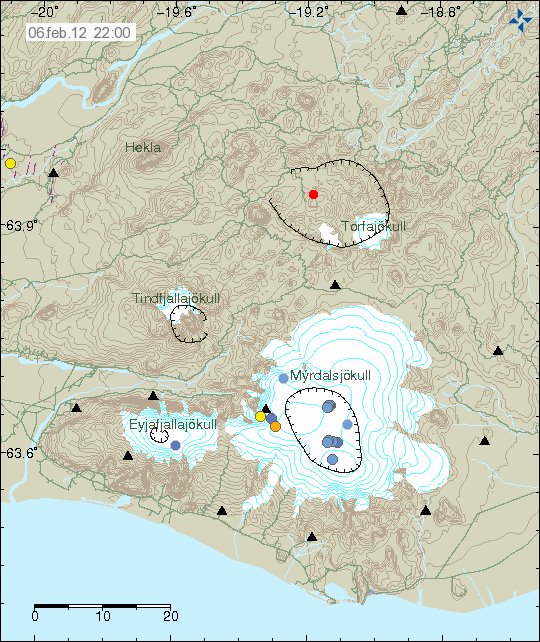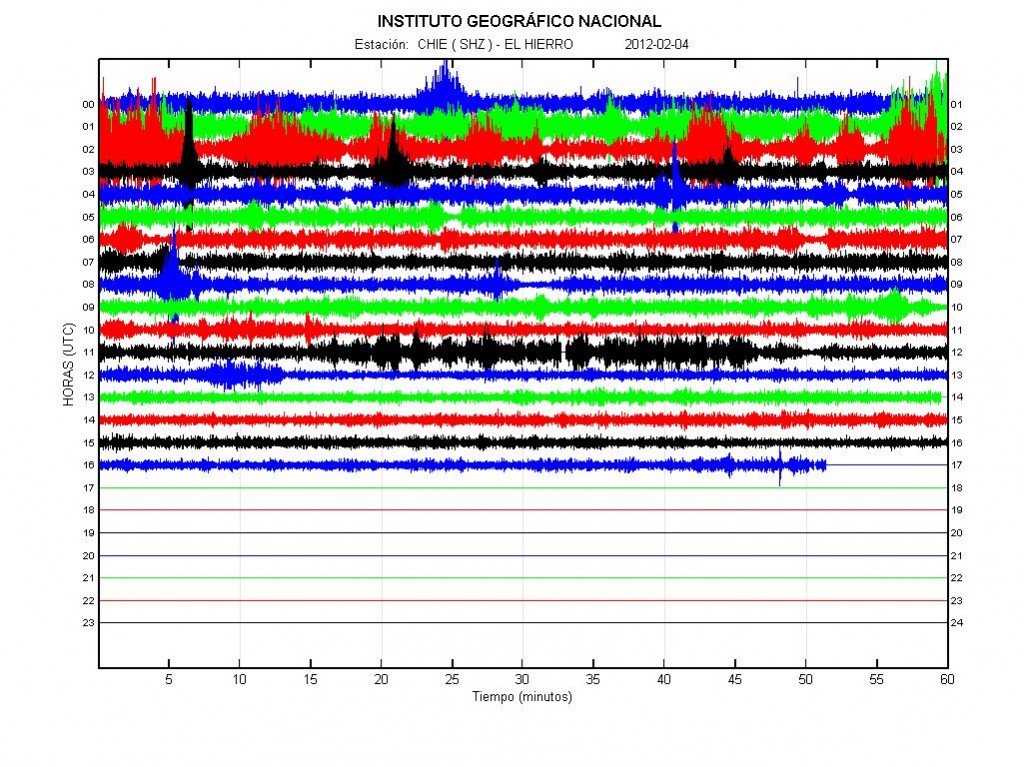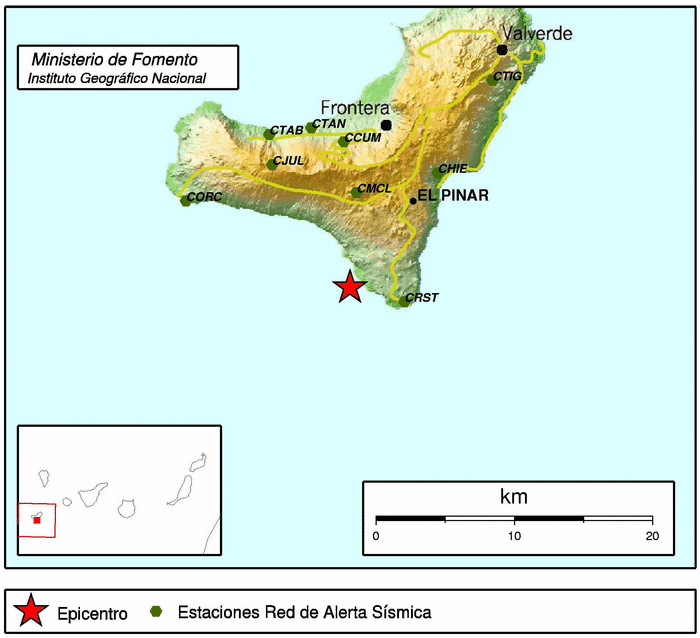Here is a quick look at the earthquake swarm in Tungnafellsjökull volcano this morning. This earthquake swarm is interesting, as it started with few earthquakes at the depth of around 10 km. This suggests that magma might be pushing up to the volcano at depth now. So far this is not any high volume in my option, at least not enough to start an eruption now. But if this progress continues, it is going to end with an eruption one day. But when and how big is impossible to know at current time. for the moment the earthquakes have stopped. But it is my opinion that this a dike intrusion, not tectonic earthquakes. This can be seen how the earthquakes line them self up from 12.6 km depth and up to 3.6 km depth in almost straight line based on there location.

The earthquake swarm in Tungnafellsjökull volcano. Copyright of this picture belongs to Iceland Meteorological Office.
The earthquake swarm is dense, but that suggests an magma dike intrusion from deep within the volcano. Similar earthquakes have been seen in other volcanoes, like Esjufjöll, Askja, Katla so few are mentioned. So I know this pattern when I see it.
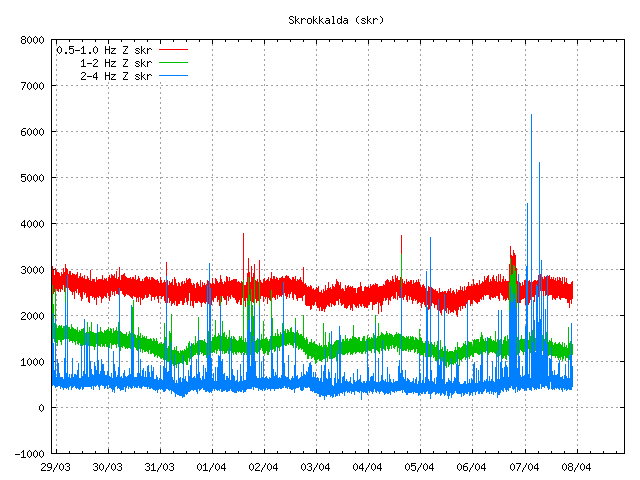
The earthquake pattern as it did appear on Skrokkalda SIL station. The tremor chart shows that the earthquakes where high-frequency earthquakes for most part. Something like that was seen in Eyjafjallajökull volcano before it erupted (it had earthquakes like that many years before it erupted, not just few weeks before). Copyright of this picture belongs to Iceland Meteorological Office.
I did record the largest earthquake on my geophone at Hvammstangi and at Heklubyggð. Based on that trace, the earthquake was noisy. Given me even more clues that support my suggestion that the earthquake swarm was due to dike intrusion.
Similar dike intrusion events are now taking place in Kverkfjöll volcano. But I am going to write about that tomorrow. But earthquakes in Kverkfjöll volcano have been taking place for several years now, with short and long breaks between earthquake swarms.
